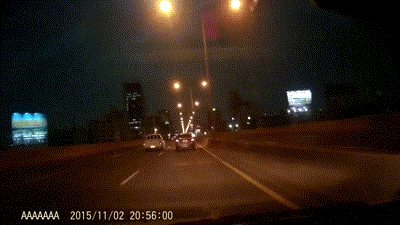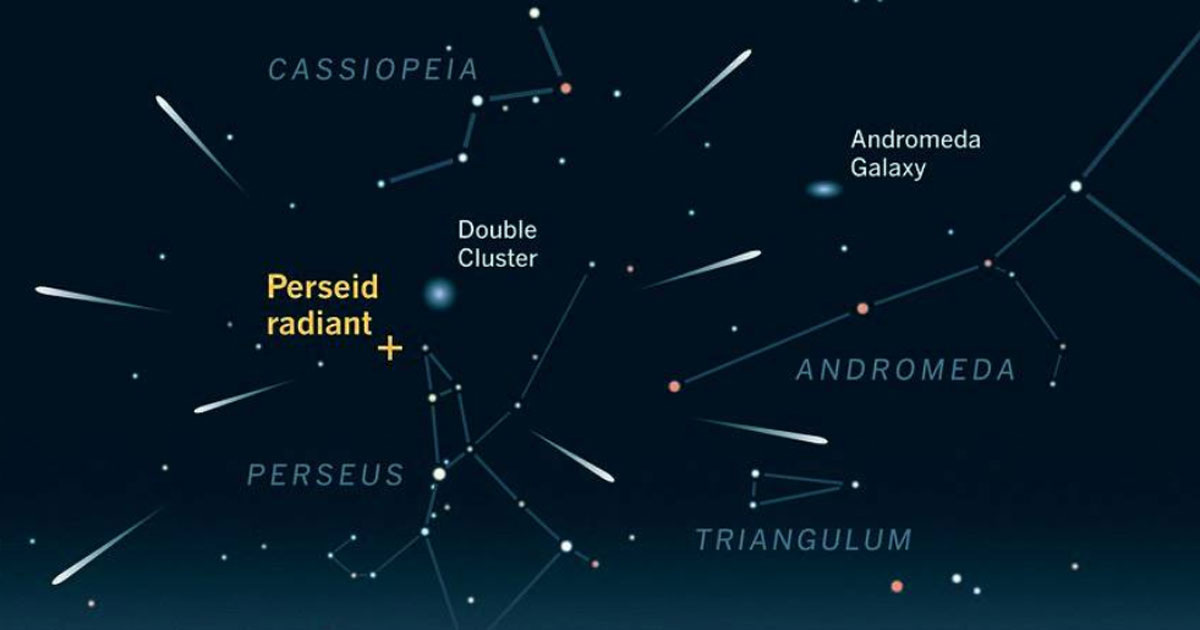The annual Perseid meteor shower is visible in Singapore again.
The best night to view the meteor shower is at the end of the National Day 2019 long weekend.
When do they take place in 2019?
Peak activity falls on Aug. 12 (Monday) and 13 (Tuesday).
The best time to watch the skies this year is from 2.30am onwards till first light at dawn.
In 2019, the celestial phenomenon takes place nightly from July 17 until Aug. 24.
There’s a full moon on Thursday, so that might illuminate the night sky, but it should not be a problem.
How visible are Perseid meteors?
Meteors can occur at any time on any night and appear in any part of the sky, particularly the northeastern sky.
Perseids frequently leave long wakes of light and colour behind them as they streak through the Earth’s atmosphere.
Why is Perseid meteor shower visible every August?
The meteor shower happens as the Earth passes through debris left behind from the comet Swift-Tuttle every August.
The comet travels near the sun and heats up, releasing gas and dust.
When Earth passes through the dust, the dust burns up in Earth’s atmosphere, creating the Perseid meteor shower.
The Perseids are considered the best meteor shower of the year.
Is there a need for special equipment?
No equipment is needed to observe this event.
Observers only need to find a view that is unblocked by trees and buildings.
A few popular places in Singapore to observe the sky are Ang Mo Kio-Bishan Park, Changi Beach, and East Coast Park.
The Taurid meteor shower seen in Bangkok in November 2015
The Perseid meteor shower is followed by the Taurid meteor shower later in the year.
In November 2015, Bangkok inhabitants bore witness to massive green fireballs as a result of the Taurid meteor shower.

The Taurids are another annual meteor shower, associated with the comet Encke.
The Taurids are actually two separate showers, with a Southern and a Northern component.
The Southern Taurids originated from Comet Encke, while the Northern Taurids originated from the asteroid 2004 TG10.
Encke and the Taurids are believed to be remnants of a much larger comet, which has disintegrated over the past 20,000 to 30,000 years.
In other potentially humanity-ending news:
Top photo via Sky & Telescope
If you like what you read, follow us on Facebook, Instagram, Twitter and Telegram to get the latest updates.
